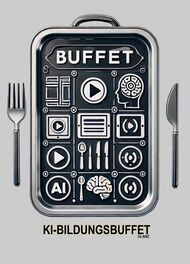I want you - Bob Dylan - MOOC


I want you - Bob Dylan - MOOC
Input
Bob Dylan's "I Want You" is a song that captures the essence of his unique lyrical style and musicality. It was released in 1966 as part of his album "Blonde on Blonde," marking a significant period in Dylan's career where he transitioned from folk to rock music. This song stands out for its poetic lyrics and memorable melody, making it a classic in Dylan's discography and in the history of American music.
Background and Release
"I Want You" was recorded on March 10, 1966, at the CBS Studios in Nashville, Tennessee. The song showcases Dylan's transition from acoustic folk to a more electric rock sound, a change that started with his previous album "Bringing It All Back Home." The release of "I Want You," along with the rest of the "Blonde on Blonde" album, solidified Dylan's status as a pioneer in the fusion of folk and rock music.
Musical Composition and Lyrics
The song features a catchy, repetitive chorus and a blend of electric and acoustic instruments, typical of the rock music of the 1960s. Dylan's lyrics in "I Want You" are abstract and open to interpretation, characteristic of his songwriting style. The song uses simple, direct language but is filled with complex emotions and imagery, which has led to various interpretations over the years.
Cultural Impact
"I Want You" is not just a song but a cultural artifact that reflects the changes in American music and society during the 1960s. It's a testament to Dylan's influence as a songwriter and musician. The song has been covered by numerous artists and remains a staple in the repertoire of classic rock music.
For more detailed information, visit the [Wikipedia page on "I Want You" by Bob Dylan](https://en.wikipedia.org/wiki/I_Want_You_(Bob_Dylan_song)).
Interactive Tasks
Quiz: Questions on the song
In what year was "I Want You" released? (1966) (!1970) (!1962) (!1968)
What album features "I Want You"? (Blonde on Blonde) (!Highway 61 Revisited) (!Blood on the Tracks) (!Bringing It All Back Home)
Where was "I Want You" recorded? (Nashville, Tennessee) (!New York City, New York) (!Los Angeles, California) (!Memphis, Tennessee)
What notable transition in Bob Dylan's musical style is represented by "I Want You"? (Transition from folk to rock) (!Transition from rock to electronic) (!Introduction of orchestral elements) (!Shift to purely acoustic music)
How are the lyrics of "I Want You" often described? (Abstract and open to interpretation) (!Straightforward and narrative) (!Politically charged) (!Romantic and simplistic)
Quiz: Questions on the Performer
In which year was Bob Dylan born? (1941) (!1939) (!1945) (!1943)
What is Bob Dylan's birth name? (Robert Allen Zimmerman) (!Robert Dylan) (!Bob Robert Dylan) (!Allen Robert Zimmerman)
Which instrument is Dylan famously known for playing? (Harmonica) (!Drums) (!Electric guitar) (!Piano)
What prestigious award did Bob Dylan win in 2016? (Nobel Prize in Literature) (!Pulitzer Prize) (!Grammy Lifetime Achievement Award) (!Oscar for Best Original Song)
Which album marked Bob Dylan's transition from acoustic to electric music? (Bringing It All Back Home) (!The Freewheelin' Bob Dylan) (!Blonde on Blonde) (!Highway 61 Revisited)
Quiz: Questions on the lyrics
What is a recurring element in the lyrics of "I Want You"? (Repetitive chorus) (!Detailed storytelling) (!Historical references) (!Nature imagery)
The lyrics of "I Want You" are known for their: (Abstractness and emotional depth) (!Clear narrative and simplicity) (!Focus on social issues) (!Depiction of personal relationships)
Which of the following themes is NOT evident in "I Want You"? (Political commentary) (!Abstract emotions) (!Personal desire) (!Complex imagery)
How does Dylan's lyrical style in "I Want You" compare to traditional songwriting? (More poetic and open-ended) (!More direct and narrative-driven) (!Focused on rhyme and rhythm) (!Centered around a single story)
The lyrics of "I Want You" are characteristic of Dylan's songwriting in the: (Mid-1960s) (!Early 1970s) (!Late 1950s) (!Early 1980s)
Memory
| I Want You | Released in 1966 |
| Blonde on Blonde | Album featuring "I Want You" |
| Nashville, Tennessee | Recording location of "I Want You" |
| Folk to Rock | Dylan's musical transition represented in the song |
| Abstract Lyrics | Characteristic of "I Want You" |
Open Tasks
Easy
- Research Bob Dylan's early career: Look up information about Bob Dylan's musical beginnings and influences.
- Listen and Analyze: Listen to "I Want You" and write down your personal interpretation of the lyrics.
- Compare and Contrast: Compare "I Want You" with another Dylan song from a different era.
Standard
- Create a Playlist: Curate a playlist of songs that complement the style and themes of "I Want You."
- Cover Song: Record your own cover version of "I Want You," focusing on expressing its emotional depth.
- Historical Context: Research the cultural and musical landscape of the 1960s and how "I Want You" fits into it.
Difficult
- Songwriting Challenge: Write your own song inspired by the lyrical style of "I Want You."
- Critical Analysis: Write a detailed essay analyzing the poetic devices and themes in "I Want You."
- Music and Society: Explore the impact of Dylan's transition to electric music on his audience and the music industry.
Oral Exam
- Discuss the evolution of Bob Dylan's music: Explore how Dylan's music changed over the decades and why.
- Analyze the cultural significance of "I Want You" in the context of the 1960s.
- Explain the impact of Dylan's lyrical style on modern songwriting.
- Debate the role of simplicity in music using "I Want You" as an example.
- Discuss the fusion of different musical genres in Dylan's work, with a focus on "I Want You."
OERs on the Topic
Links
Share - Discuss - Rate

MUSIC QUIZ










|
|


I want you - Bob Dylan - MOOC
Einleitung
In diesem aiMOOC widmen wir uns einem ikonischen Lied der Musikgeschichte: "I Want You" von Bob Dylan. Dieses Lied ist nicht nur ein bedeutendes Werk Dylans, sondern auch ein Meilenstein in der amerikanischen Musikszene der 1960er Jahre. Wir werden die Geschichte des Liedes, die Bedeutung des Textes und die Wirkung auf die Kultur und Gesellschaft erkunden. Dieser MOOC bietet interaktive Elemente, um das Lernen zu bereichern und tiefer in das Phänomen Bob Dylan einzutauchen.
Die Entstehung des Liedes
Hintergrund
"I Want You" wurde von Bob Dylan geschrieben und erschien erstmals auf seinem Album "Blonde on Blonde" im Jahr 1966. Das Album wird oft als eines der größten Alben der Rockgeschichte angesehen. Der Song fällt in eine besonders kreative Phase Dylans, in der er sich von seinen folkloristischen Wurzeln entfernte und mit elektrischer Musik experimentierte.
Musikalische Merkmale
Musikalisch zeichnet sich "I Want You" durch seinen eingängigen Rhythmus und die charakteristische Mundharmonika aus, ein Instrument, das eng mit Dylan verbunden ist. Der Song hat eine klare Struktur, die durch Dylans unverwechselbare Stimme und seinen poetischen Text ergänzt wird.
Analyse des Textes
Lyrische Besonderheiten
Der Text von "I Want You" ist reich an Bildern und Metaphern, die charakteristisch für Dylans Songwriting sind. Die wiederholte Zeile "I want you" (Ich will dich) wird in verschiedenen Kontexten verwendet, was dem Song eine gewisse Mehrdeutigkeit verleiht.
Interpretationen
Verschiedene Interpretationen des Songs wurden im Laufe der Jahre vorgeschlagen. Einige sehen in ihm eine Liebeserklärung, andere eine Kommentierung sozialer oder politischer Zustände. Die Vieldeutigkeit des Textes lädt zur individuellen Interpretation ein.
Einfluss und Bedeutung
Kultureller Einfluss
"I Want You" hatte einen beträchtlichen Einfluss auf die Musikszene und wird oft als einer der Songs zitiert, der die kulturelle Landschaft der 1960er Jahre geprägt hat. Dylan selbst wurde durch dieses Lied und viele andere seiner Werke zu einer Schlüsselfigur der Gegenkultur.
Rezeption
Das Lied erfreut sich bis heute großer Beliebtheit und wird oft in Filmen, Serien und anderen kulturellen Kontexten verwendet. Es wird auch von vielen Musikern als Inspiration und als bedeutender Teil der Musikgeschichte angesehen.
Interaktive Aufgaben
Quiz: Teste Dein Wissen
In welchem Jahr wurde "I Want You" veröffentlicht? (1966) (!1970) (!1964) (!1969)
Auf welchem Album erschien "I Want You" von Bob Dylan? (Blonde on Blonde) (!Highway 61 Revisited) (!Blood on the Tracks) (!Bringing It All Back Home)
Memory
| Bob Dylan | "I Want You" |
| Album | "Blonde on Blonde" |
| Instrument | Mundharmonika |
Kreuzworträtsel
| Dylan | Wer ist der Künstler von "I Want You"? |
| Blonde | Mit welchem Wort beginnt der Albumname, auf dem "I Want You" erschien? |
LearningApps
Lückentext
Offene Aufgaben
Leicht
- Musikgeschichte: Recherchiere andere Lieder von Bob Dylan aus den 1960er Jahren und vergleiche sie mit "I Want You".
- Songanalyse: Wähle eine Strophe aus dem Lied und interpretiere sie.
- Musikalische Elemente: Lerne, die Mundharmonika-Partie von "I Want You" zu spielen.
Standard
- Sozialer Kontext: Untersuche den Einfluss von "I Want You" auf die Kultur der 1960er Jahre.
- Lyrische Analyse: Analysiere die Bildsprache und Metaphern in "I Want You".
- Coverversion: Erstelle eine eigene Coverversion des Songs.
Schwer
- Kulturelle Bedeutung: Führe ein Interview mit Personen verschiedener Generationen über ihre Wahrnehmung von "I Want You" und Bob Dylan.
- Musikalische Interpretation: Analysiere die musikalische Struktur des Liedes und seine Abweichungen von der traditionellen Songstruktur.
- Kritische Betrachtung: Diskutiere die Mehrdeutigkeit des Textes und seine möglichen Interpretationen.


Mündliche Prüfung
- Songinterpretation: Diskutiere, wie die wiederholte Zeile "I want you" in verschiedenen Kontexten des Liedes verwendet wird und welche Wirkung das auf den Hörer hat.
- Musikalische Evolution: Erörtere die musikalische Entwicklung Bob Dylans anhand von "I Want You" und anderen Songs seiner Karriere.
- Kulturelle Relevanz: Analysiere, inwiefern "I Want You" ein Spiegelbild der gesellschaftlichen Stimmung der 1960er Jahre ist.
... [Weitere mündliche Prüfungsfragen]
OERs zum Thema
Links
Teilen - Diskussion - Bewerten
Schulfach+

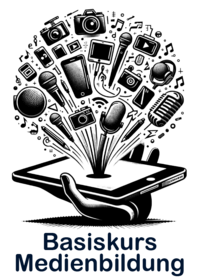
aiMOOCs



aiMOOC Projekte


YouTube Music: THE MONKEY DANCE
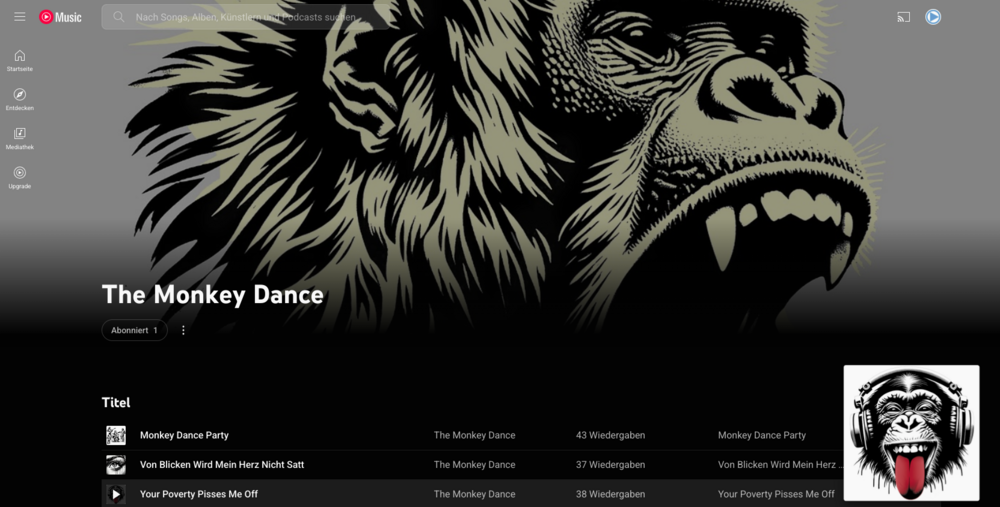
Spotify: THE MONKEY DANCE
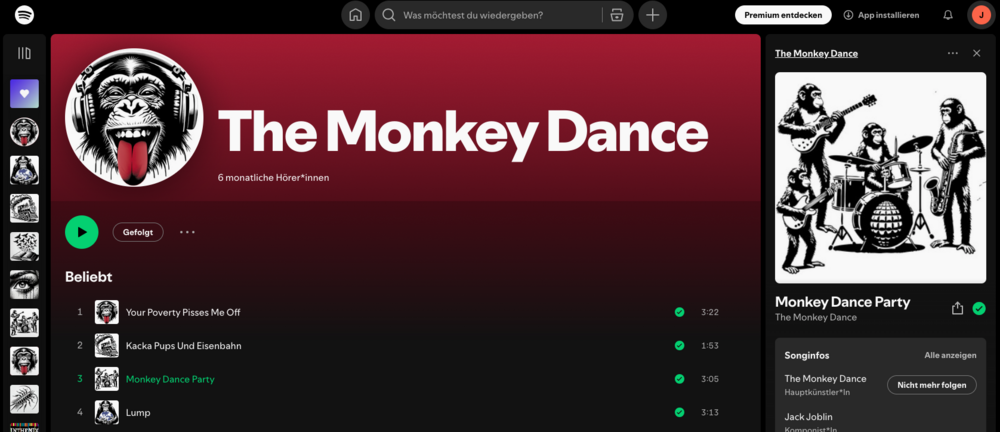
Apple Music: THE MONKEY DANCE

Amazon Music: THE MONKEY DANCE

The Monkey Dance SpreadShirtShop
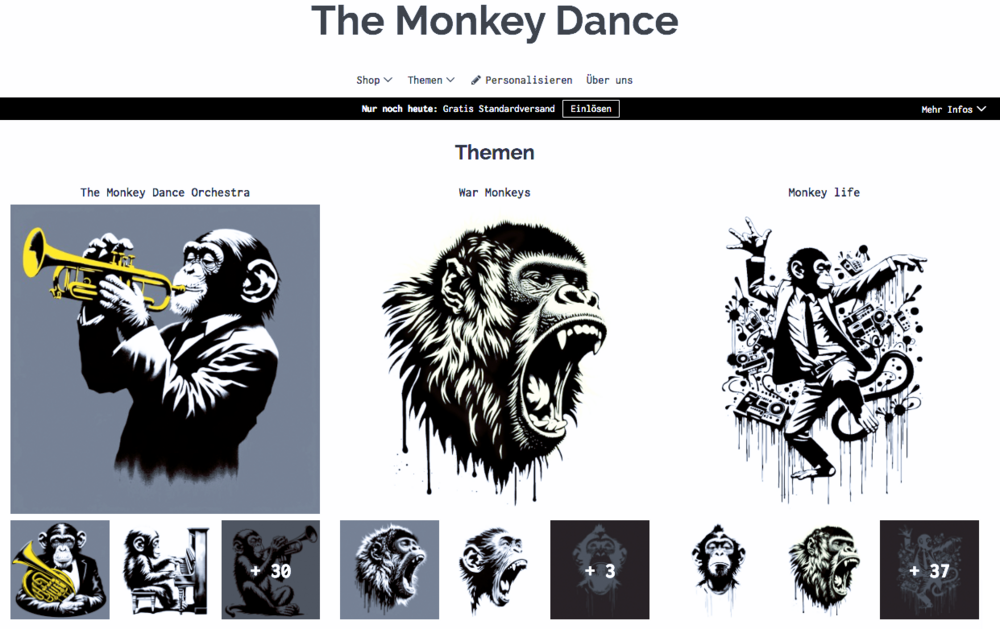
|
|
|


Children for a better world >> Förderung der AI Fair-Image Challenge
Fair-Image wird von CHILDREN JUGEND HILFT! gefördert und ist mit der deutschlandweiten AI Fair-Image Challenge SIEGERPROJEKT 2025. Alle Infos zur Challenge hier >>. Infos zum Camp25 gibt es hier. Wenn auch Ihr Euch ehrenamtlich engagiert und noch finanzielle Unterstützung für Eurer Projekt braucht, dann stellt gerne einen Antrag bei JUGEND HILFT.











































